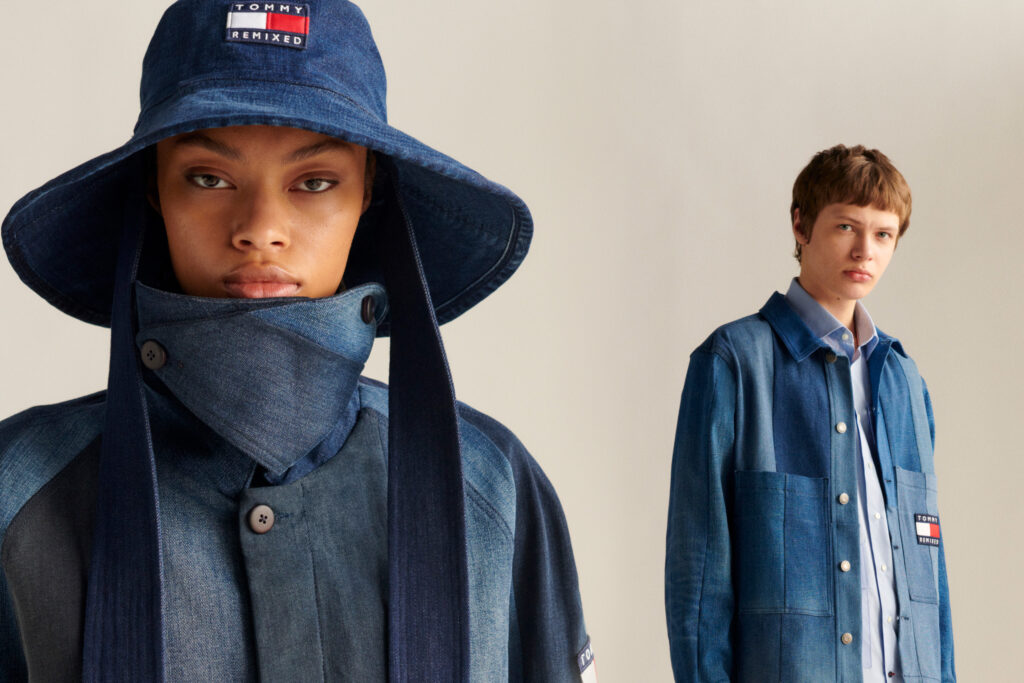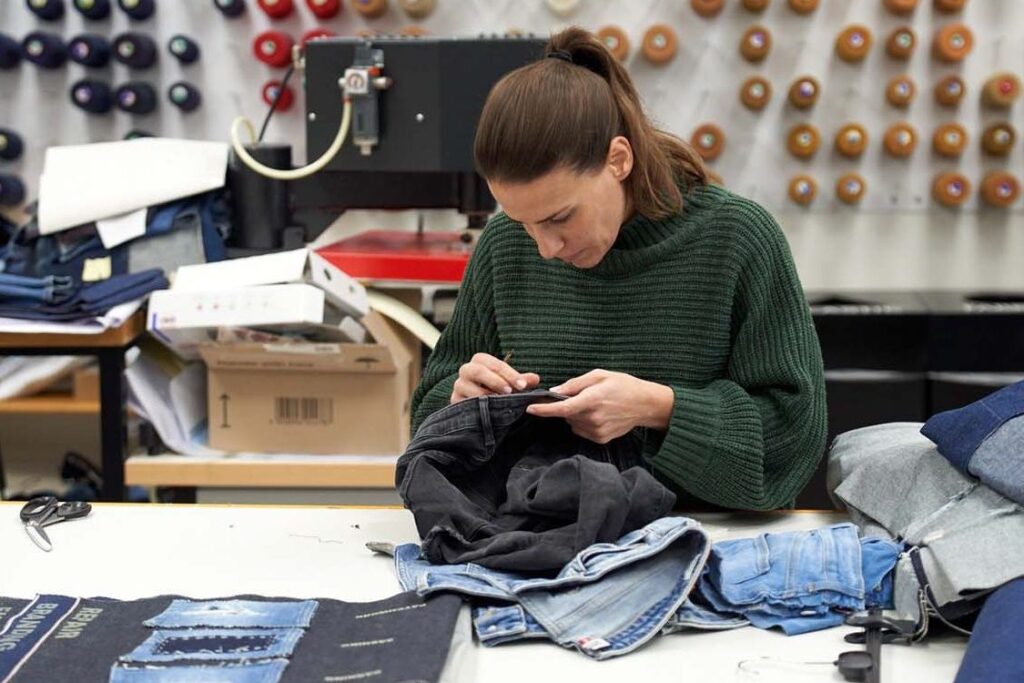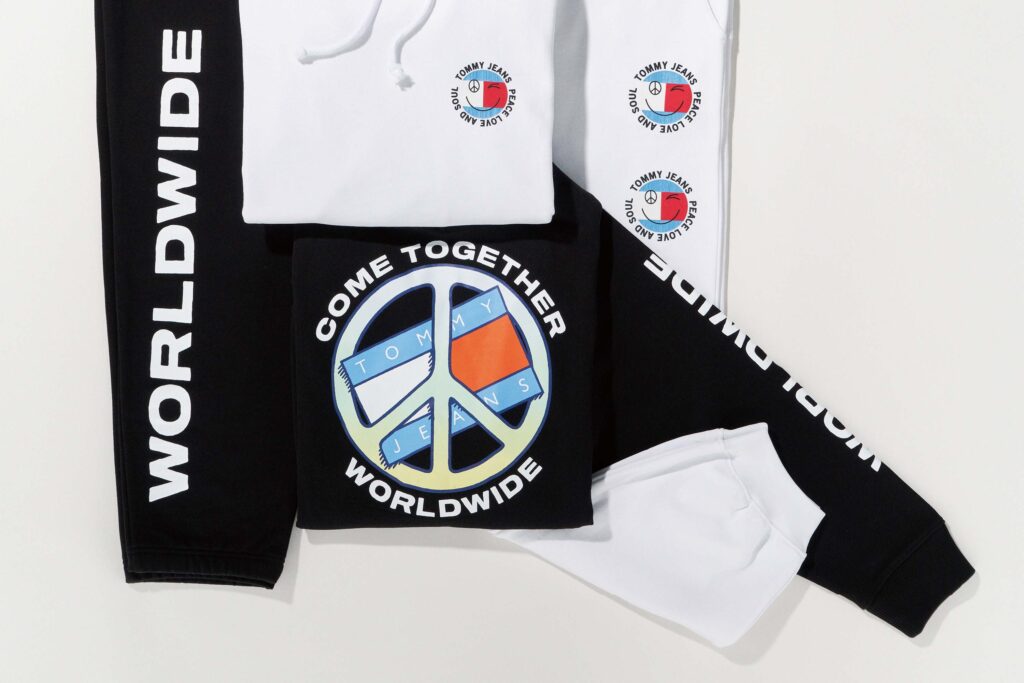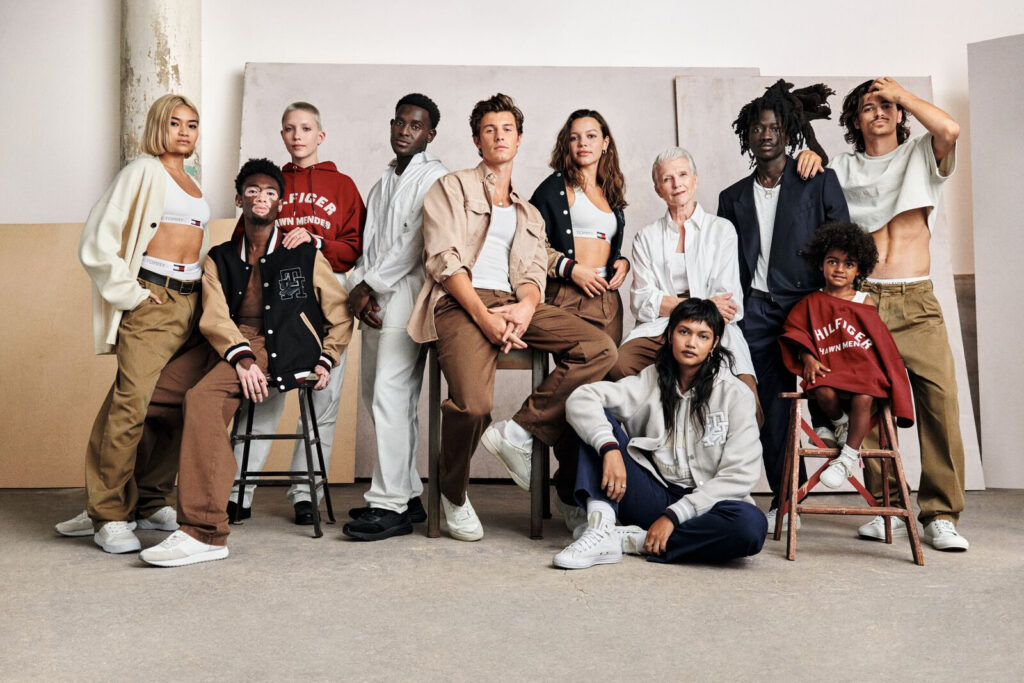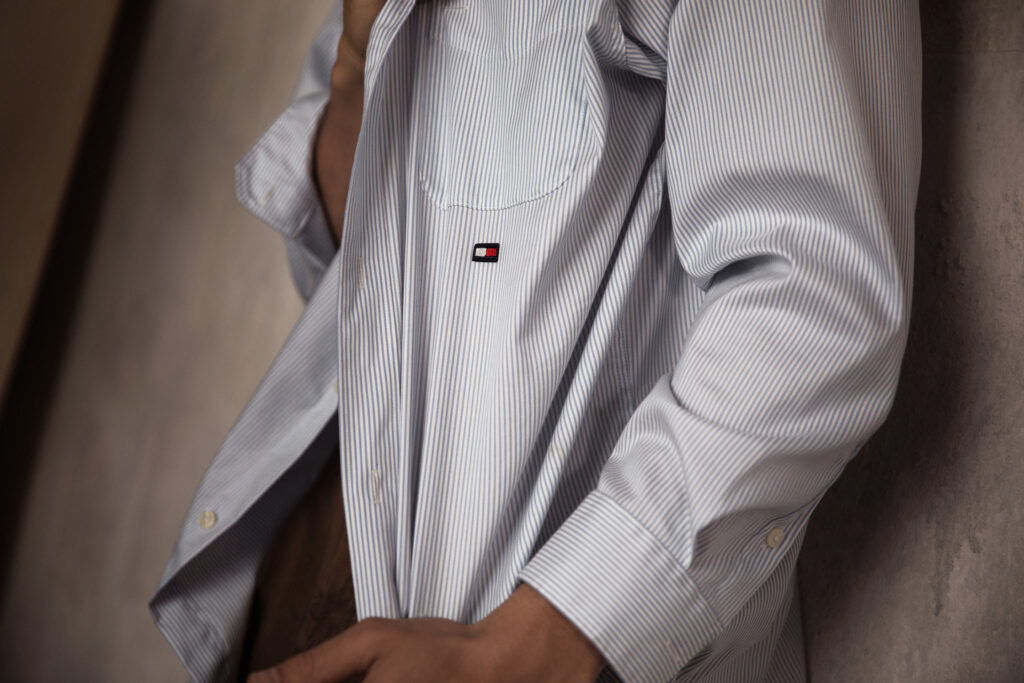Waste Nothing
TOMMY FOR TOMORROW
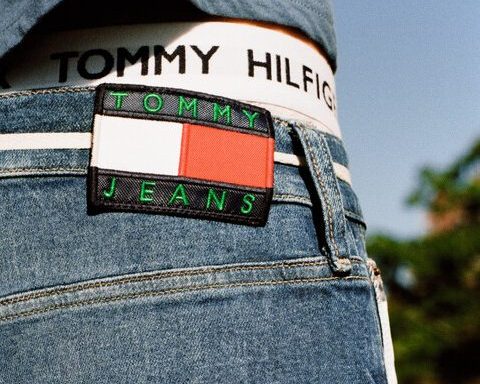
WE BELIEVE TOMORROW'S FASHION SHOULD WASTE NOTHING
It’s a bold declaration, but it gives us a big, ambitious goal to aim for. Our goal is to act with sensitivity to planetary boundaries, a scientific framework that defines how human activities can operate within the limits of the Earth’s capacity. This means we must be conscious of how the choices we make impact the world around us.
We’re taking steps towards this goal today by reducing our carbon, waste, and water footprints across our owned operations – including retail stores, offices and distribution centers – and rethinking every step along our value chain, from what we make to where we sell.
Designing for
the future
By 2030, we’re aiming to design all our products following circular economy principles. This means we will design products to be:
- used more
- made to be made again
- made from safe and recycled or renewable inputs
We are also critically assessing the impact of how our pieces travel the world and where they go at the end of their lifecycles.
We are scaling innovations in an effort to ensure our materials are made from safe and recycled or renewable inputs, and our products are made while keeping the environment, land use, and fresh and saltwater resources in mind.
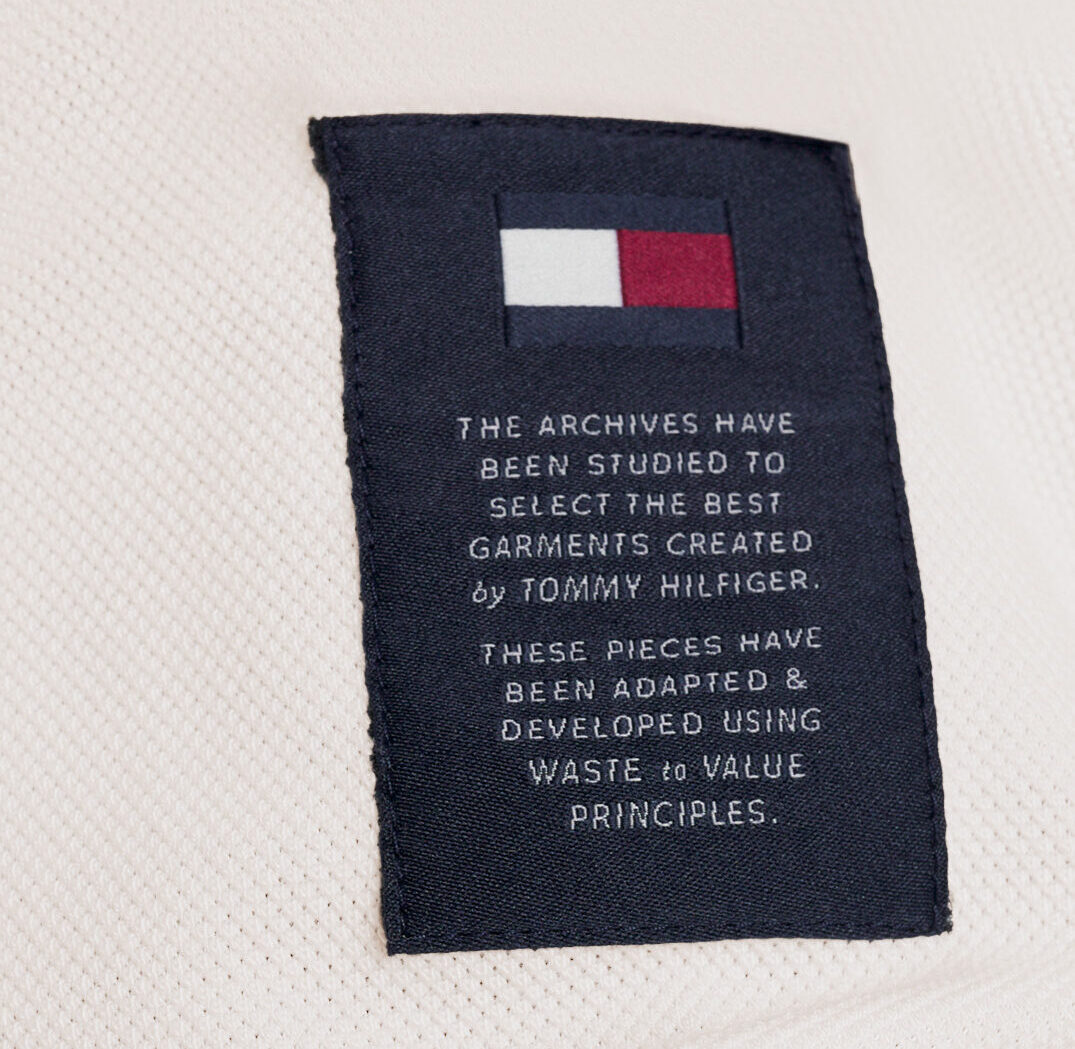
How we're doing
We’re making strides towards our ambition to Waste Nothing. Here’s a few of our recent achievements.
97%
In 2022, 97% of the cotton used by Tommy Hilfiger globally was sustainably sourced.
78%
In 2022, Tommy Hilfiger reached 78% renewable energy coverage across our global retail operations through the purchase of certified renewable energy credits and onsite solar adoption.
110,792 Lbs
Since 2020, 110,792 pounds of textile has been diverted from landfills through our circular business models, where pre-loved or damaged TOMMY HILFIGER products can be taken back, repaired, resold, recycled or transformed into new items.
Brand
Certification
In 2022, Tommy Hilfiger became the first fashion company of comparable size in Europe to become brand certified against six standards. Brand certification offers one of the highest levels of on-product transparency in the industry.
Classics
Reborn
The Spring 2023 Tommy X Shawn Classics Reborn capsule collection in partnership with Shawn Mendes featured new sustainable innovations, Recycrom™️ and CIRCULOSE®.
Infinited Fiber Company
In 2022, we launched our first commercial products using Infinited Fiber Company’s regenerated fiber, made from textile waste.
Vintage Designers
TOMMY HILFIGER Japan partnered with local vintage designers to offer a re-worked capsule sold in the flagship Omotesando store.
TRAINED SUPPLIERS
Through our parent company PVH Corp., since 2021 we have partnered with WWF to train over 130 suppliers and 55 industrial parks on how to better address water risk, and are part of water stewardship programs in India, Turkey, and Vietnam.
Thredup Partnership
We partnered with thredUP to launch a resale program for U.S. consumers to shop pre-owned products and resell items of any brand for TOMMY HILFIGER shopping credit.
Remixed Collection
We launched our first reworked collection in Europe, Tommy Remixed, featuring unique, hand-crafted pieces made from pre-loved and damaged TOMMY HILFIGER and TOMMY JEANS items. The second Tommy Remixed collection launched in August 2023.
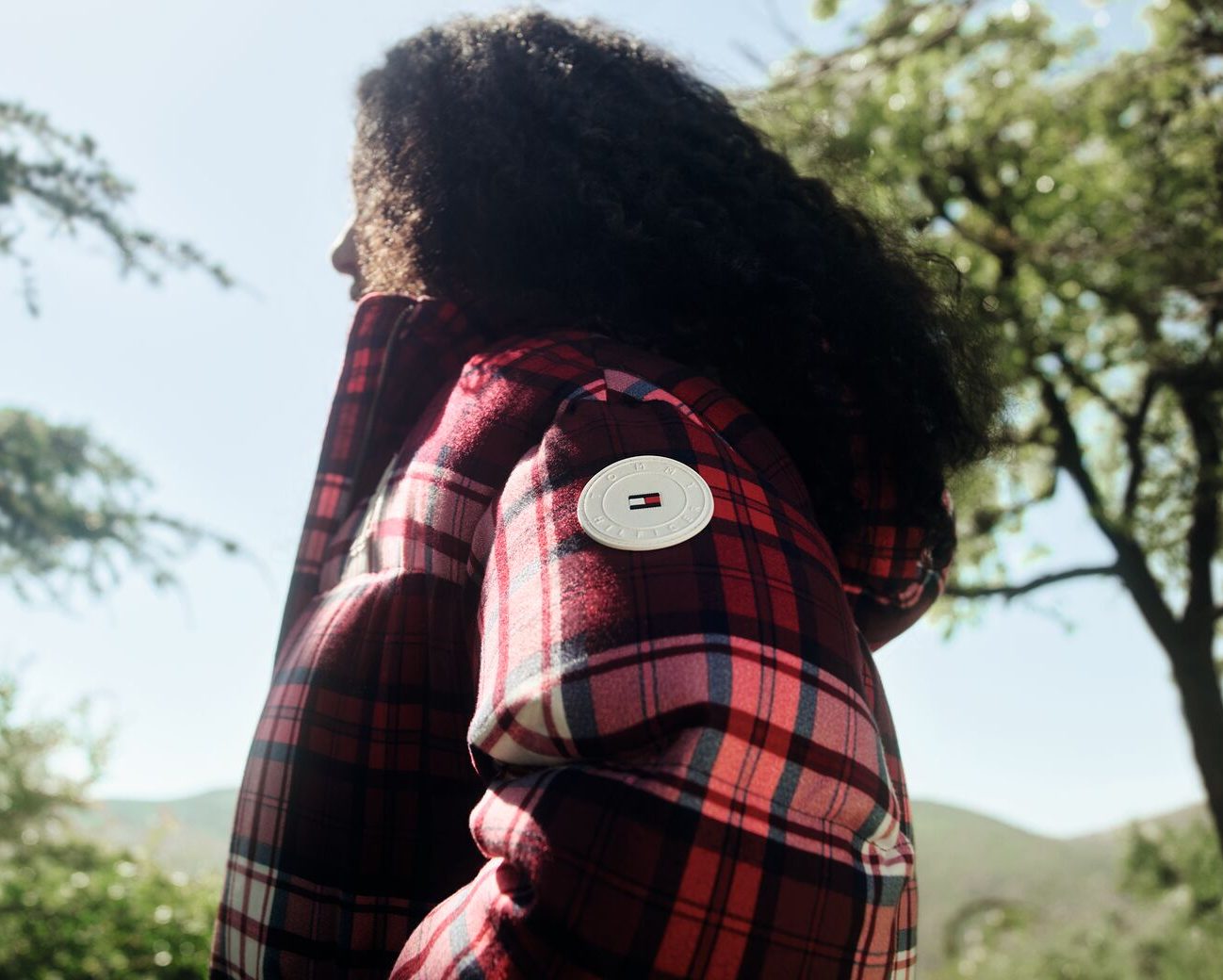
What We've Learned
We’re proud of the progress we’ve made, but we’ve also experienced some setbacks along the way. Our goals of moving to more sustainable packaging solutions and designing all products using circular economy principles are moving more slowly than we had hoped.
There are many reasons for this. Sustainability regulations and requirements are constantly evolving, which makes it tough to plan ahead. Innovation is needed but testing and scaling take time, and the world around us is moving forward at pace.
Through all these challenges, what we’ve learned is that meaningful change takes time. We remain committed to our goal of designing all products using circular economy principles by 2030. There’s a long road ahead of us, but we’re confident in our vision of a future of fashion where we Waste Nothing.

